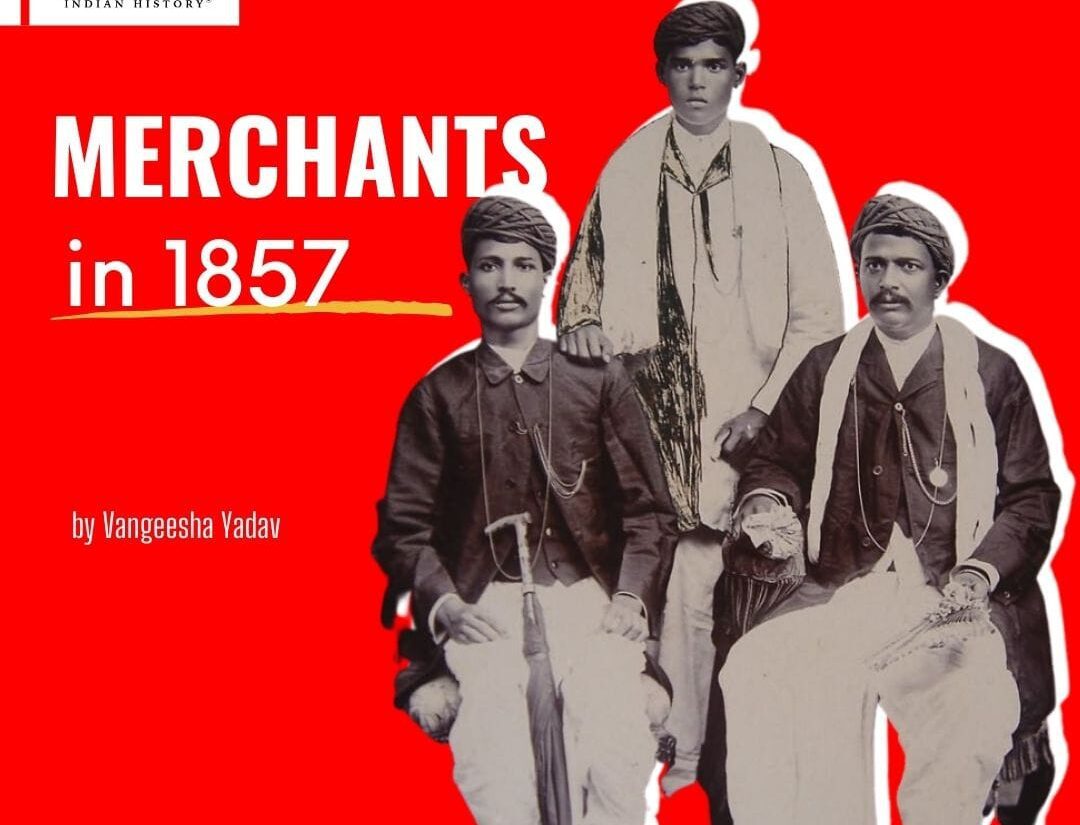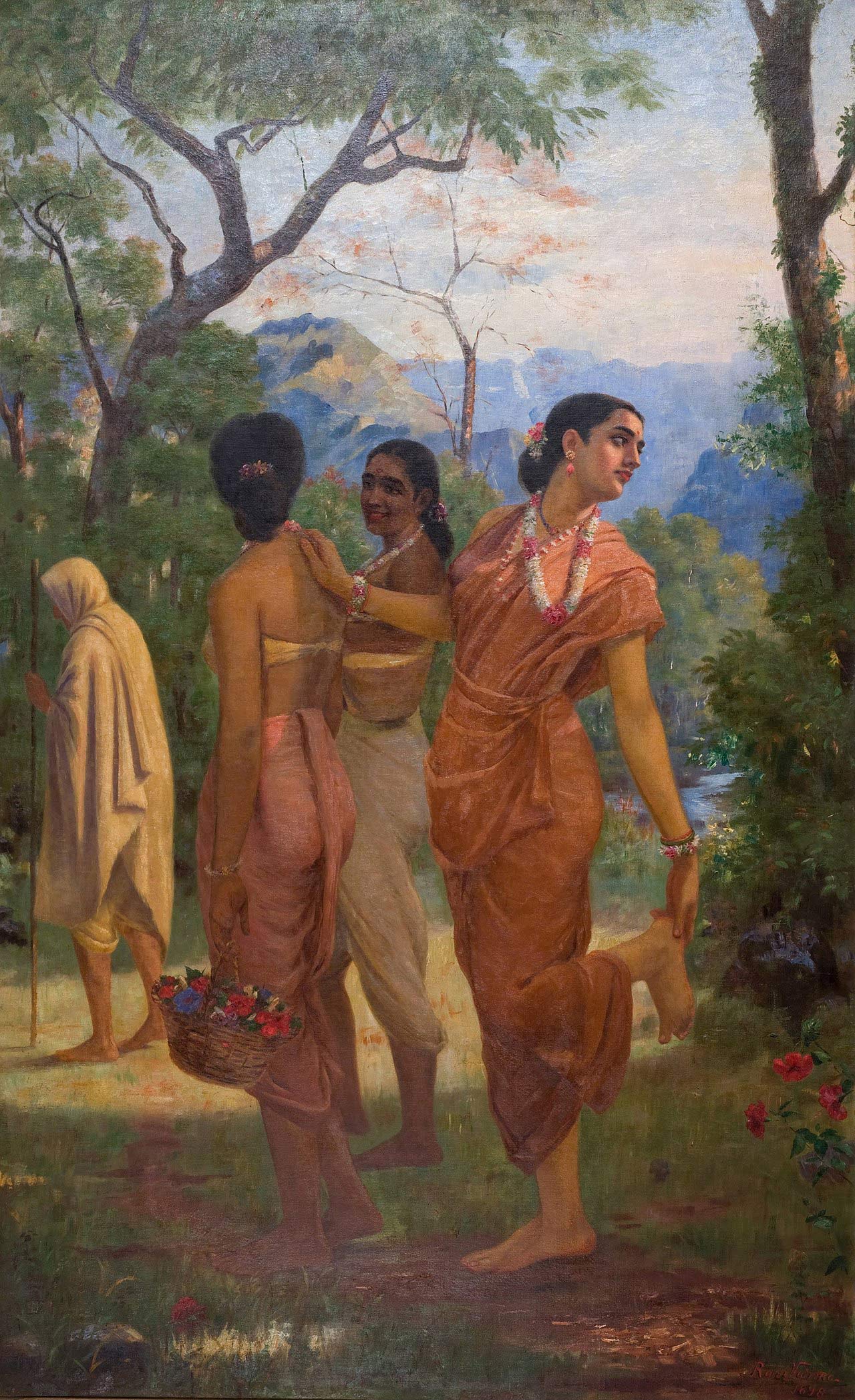
Article Written By EIH Researcher And Writer
Vangeesha Yadav
The revolt of 1857 is considered as the first war for freedom against the reign of the English East India Company. People ( including rulers, soldiers and peasants) had their share of grudge against the exploitative policies of the British Raj. The growing paramountcy of the EIC reduced the power of native rulers, the deceitful taxation system and destruction of indigenous sources of economy that made a village self-sufficient, crippled the important sections of society, the peasants and artisans. These factors and religious reaction led to the rise of the revolt in which the front rebels were the sepoys and the rest were indirectly or directly the supporters. Despite this whole struggle, it was still suppressed by the Britishers and they were able to do so with the help of a particular section of the society, merchants, bankers, traders. Now the question arises, why did they support the English administrators?
In this article, we will go through the background of the rising merchant communities, also the political conditions around them which led them against the mutineers.
I will take the context of Marwari merchants. For centuries the Marwaris, based in their hometowns in Rajasthan, had participated in long-range trade at the crossroads of camel caravans from the Middle East, China, and India. After the power of the Mughals declined, caravans carrying goods often were looted by Marathas and Pindaris. The local rulers also did not give protection to the merchants and also sometimes exploited them with heavy taxes. Rulers were losing credibility at the sight of the merchants because the Loans taken from them were often not repaid. In addition to the increased insecurity of the trade routes, the system of octroi , a duty on various goods entering a town imposed under British rule, made trading expensive. The traders in Rajasthan left their homes for British India where they saw new opportunities. In 1813 the Charter Act of the British East India Company was renewed and its monopoly of trade with India was abolished. This opened India up to private investment. Many British trading companies were established in Bombay and Calcutta. They needed a large number of local agents to get raw materials from rural areas and to sell goods made in England. The British government extended protection and support to indigenous traders by letting them stay in British India, for which several kinds of promissory notes, contracts, warrants, and admission letters were issued.
When the revolt happened the property of merchants were the easy targets as they were seen either as the benefactors of Britishers or as the suppliers of resources and finances that were of great importance to the armies. The business interests could either help the campaign by maintaining the supplies or damage it by hampering them. The commercial interests that were influenced by the concern over security of the property, shaped the course of the revolt.
Merchants were very mobile, in the times of political crisis, where social conditions seemed to be at a downfall, they saw abundance of opportunities and utilized it. In political chaos when things were uncertain, the other players were getting affected adversely; these classes flourished and found their own way of surviving in the economy. Let’s take a real case of a Marwari merchant who aided the British troops during the revolt for his own interest-
The Marwari banker of Bikaner, Bansi Lal Daga, started buying up Company government securities that sold at one-quarter of the face value in May 1857, ending up exceedingly rich seven months later. In order to defend his investment, he identified himself so thoroughly with the cause of the Government as to undertake large contracts for the supply of food for the troops in the field
From the above and many more such examples from other regions,the one from nationalist point of view might declare the merchants and bankers as traitors, but political decisions made by them in the war should not be seen in terms of blind loyalty or fear. The volatile nature of the revolt put their livelihood at great risk and this affected their political decisions, due to which they are placed in bad lights.
References
- The mutiny and the merchants by T. Roy
- Hometowns of the Marwaris, diasporic traders in India by Sumei Nakatani
- The Modern History of Indian Chiefs, Rajahs, Zamindars by Lokenath Ghose
- Sources on insurance business in Rajasthan during the 19th century by Girija Shankar Sharma




















